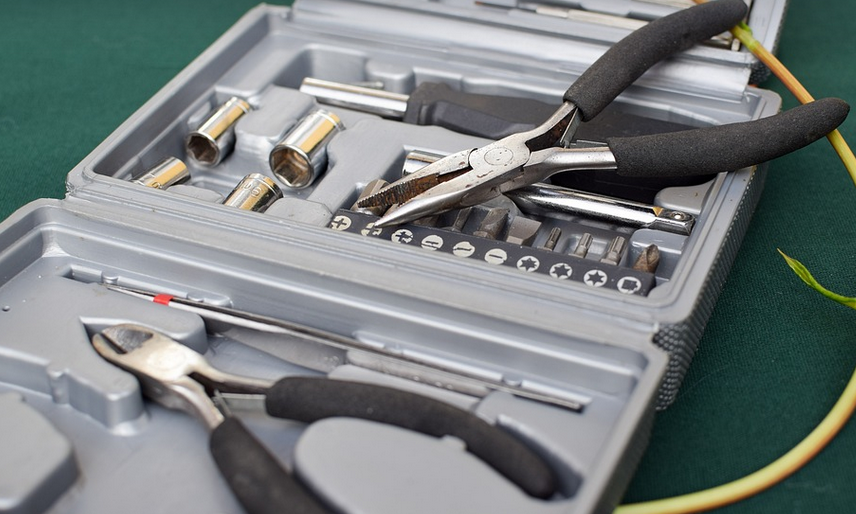Oh, the Frustrating “Dirt Eater” Blues
Let’s face it, having a vacuum cleaner that doesn’t live up to its billing can be a major bummer. No one wants their floors perpetually dusty and covered in pet fur! It’s like trying to conquer a tiny dust monster in your living room – but the fight feels impossible.
Before you throw in the towel, let’s explore some common culprits behind a vacuum cleaner’s refusal to suck up dirt. We’ll dive into why it might be happening and how you can get back in the game of dust-free floors!
The Usual Suspects: 10 Common Reasons for Vacuum Performance Issues
A vacuum cleaner is like a well-oiled machine, but even the best machines need some TLC to perform at their peak. Here’s a look at ten common causes of why your vacuum might not be picking up dirt effectively:
1. **Clogged Filter:** A dirty filter in your vacuum is akin to clogging the arteries; it restricts airflow and hampers suction, leading to frustration.
* To fix: Unplug your vacuum, remove the filter, and rinse or wash it with mild detergent and water (if removable). Allow it to dry thoroughly before reinstallation. If your filter is difficult to clean, consider replacing it.
2. **Clogged Hose and Vents:** Like a clogged pipe, debris obstructing the hose or vents can hinder its ability to properly suck in dirt.
* To fix: Check the hose and vents for any blockages. Use a small brush or toothpick to clear away any stubborn debris. If you’re concerned about deeper-seated clogs, consult your vacuum’s manual for specific cleaning instructions.
3. **Low Electricity:** Imagine trying to run a marathon without oxygen; it just won’t work! Your vacuum needs proper electrical flow to perform at its best.
* To fix: Ensure that your vacuum cleaner is properly plugged in and the circuit breaker hasn’t tripped. If the issue persists, check for loose connections or frayed wiring. In some cases, a faulty outlet might be responsible.
4. **Clogged Air Vents:** Just like your car needs a good airflow to run smoothly, your vacuum needs it to operate efficiently!
* To fix: Check the air vents for any blockages. Use a small brush or toothpick to clear away any debris obstructing the airflow. If you encounter severe clogging, consult your vacuum’s manual for specific cleaning instructions.
5. **Dirty Belts:** Imagine trying to walk on a treadmill with broken steps; it’s simply not going anywhere! The belt in your vacuum plays a crucial role in its performance, and dirt buildup can hinder its movement.
* To fix: Regularly check for wear and tear on the belts. If you notice any fraying or damage, replace them promptly to ensure smooth operation. Most vacuums have replacement belts readily available online.
6. **Dull Cutting Blades:** Imagine trying to cut through a wall without a saw; it’s practically impossible! The blades on your vacuum are like the tools that help you clean – dull or damaged blades won’t work as efficiently.
* To fix: Replace the cutting blades if they are blunt. Most modern vacuums have an easy-to-replace blade system. However, consult your specific vacuum’s manual for details on blade replacement.
7. **Incorrect Vacuum Settings:** Think of it this way – you wouldn’t run a marathon with the wrong gear, would you? The settings on your vacuum can significantly impact its performance.
* To fix: Check your vacuum’s manual for the right setting options and adjust accordingly to achieve optimal suction power. Use different modes (e.g., high-speed, low-speed, carpet, hard floors) based on your floor type to maximize cleaning results.
8. **Improper Handling:** Just like a fragile flower, your vacuum needs gentle handling to avoid damage and maintain proper performance.
* To fix: Use the vacuum cleaner only for its intended purpose. Avoid using it on extremely rough surfaces or objects that could damage the internal parts of the machine. Always follow manufacturer recommendations for lifting, carrying, and storing the vacuum cleaner.
9. **Improper Cleaning:** Imagine trying to clean a car with dirty water; it’s simply not going to work! Proper cleaning is essential for any appliance.
* To fix: Regularly check your vacuum’s cleaning system for proper functionality and address any issues promptly. For instance, if the brush bar in your handheld vacuum doesn’t spin freely, consult your user manual for troubleshooting steps.
10. **Wear and Tear:** Just like a beloved family member, even the best vacuum cleaner needs a little TLC over time.
* To fix: Check your vacuum’s cleaning system for any signs of wear and tear such as broken parts or loose components. If you notice any issues, address them promptly to prevent further damage. Most vacuums have simple maintenance tasks like replacing filters or cleaning the hose, which can extend its lifespan.
Beyond the Basics: When to Call in the Pros
Now that we’ve tackled some common reasons for a vacuum’s lackluster performance, let’s address when professional help might be necessary.
If you’ve tried all these troubleshooting tips and your vacuum is still struggling, it might be time to seek expert assistance. A qualified technician can diagnose any underlying issues that could be hindering the appliance’s effectiveness.
Remember, taking care of your vacuum cleaner is about more than just cleaning; it’s about extending its lifespan, maximizing its functionality, and ensuring you enjoy a dust-free living environment for years to come.
